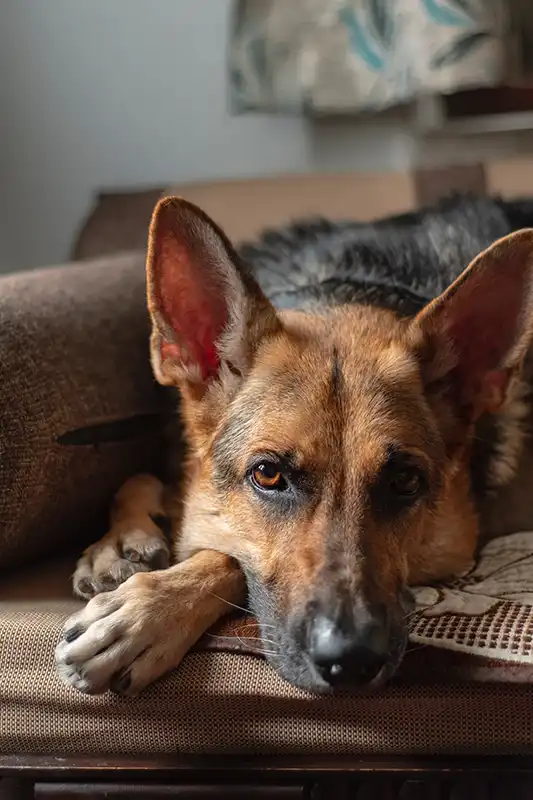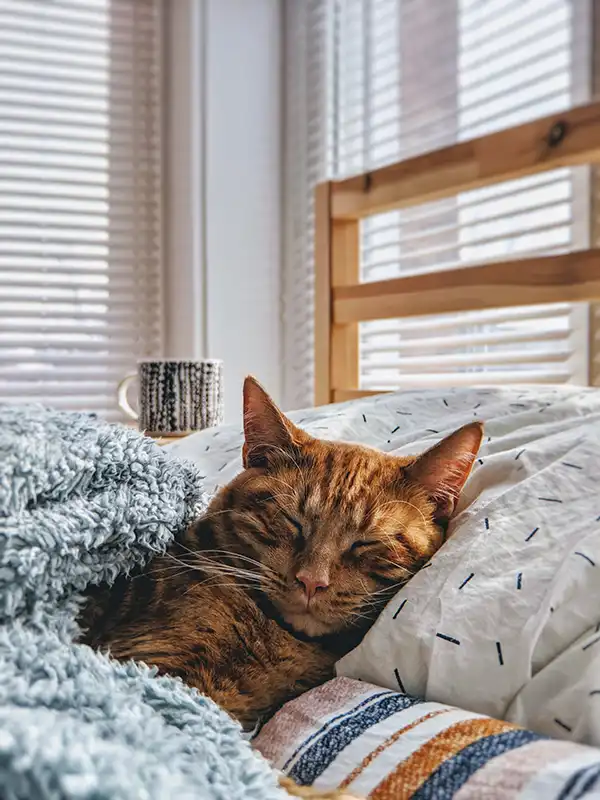Are you feeling nervous about your pet’s upcoming surgery?
Bringing a family member in for a surgical procedure is never easy. At Country Grove Veterinary Clinic, we know exactly what you’re going through because we’re pet owners too. Rest assured that we’ll do everything within our power to ensure that your loved one’s procedure is as safe and stress-free as possible.
Pre-Surgical Care
The surgical care at Country Grove Veterinary Clinic begins with thorough preoperative screening, which helps us reduce the risk of complications for your pet. We’ll also develop a safe, effective plan to keep your companion comfortable and pain-free – before, during and following surgery.
Surgery
Whether routine or advanced, your pet’s procedure will be our highest priority. From the moment you arrive, our compassionate crew will be there to ease your mind and help keep your pet calm and relaxed.
Once safely sedated, the team will complete the surgery as efficiently as possible. As the doctor works, our dedicated support staff will be present at all times, assisting with surgery and closely monitoring your loved one’s wellbeing.
After Care
After surgery, we’ll gently relocate your pet to our recovery area, where our staff will continue to offer comfort and reassurance.
When you arrive for pickup, we will go over our aftercare instructions, including a plan for pain management.
Surgery doesn’t have to be a source of anxiety, especially if you’ve got the caring, experienced team at Country Grove Veterinary Clinic in your corner. Contact us today and let’s discuss how we can help with all of your companion’s surgical care needs.
Anesthesia and Patient Monitoring
Making sure our patients remain safe during surgery and other medical procedures is extremely important to us. Our team of veterinarians and veterinary technicians is skilled in using anesthesia and monitoring patients to ensure their safety and provide the most comfortable experience. Anesthesia and patient monitoring vary greatly from clinic to clinic. You can be confident that we use the most effective and up-to-date protocols. The type of anesthesia we use depends on the procedure. Some require general anesthesia, while others may only call for local anesthesia. We also closely monitor every procedure, regardless of whether it’s routine or more advanced. For more specific information on our protocols, please see the individual descriptions or contact us with any questions.
Patient Monitoring
We monitor our patients closely to keep them as safe as possible during procedures that require general anesthesia. A veterinary technician will continually assess your pet’s heart and respiratory rate, blood pressure, and other vital signs to help prevent any anesthetic risk.
Please feel free to ask us about our patient monitoring protocol or any concerns you might have about your pet’s procedure. We’d be happy to discuss these matters in more detail.
General Anesthesia
For some procedures, your pet will need to be administered general anesthesia so that he or she will be unconscious and not feel pain. Many pet owners worry about their pets being administered general anesthesia. We can assure you that modern anesthesia is generally quite safe; to further lower any risk, we perform a physical examination and run blood work ahead of time to catch any underlying health issues. In addition, we follow a specific anesthetic protocol, including monitoring vital signs during the procedure, to ensure the safety of our patients.
We begin most general anesthetic procedures by administering a sedative to help the pet relax and decrease any anxiety and pain. We then administer an intravenous drug to provide complete anesthesia and place a breathing tube into the patient’s trachea (windpipe). To maintain the state of unconsciousness, we deliver a gas anesthetic in combination with oxygen through the breathing tube.
Please contact us if you have any questions or concerns about your pet receiving general anesthesia or about the procedure for which your pet is scheduled.
Local Anesthesia
If your pet is having a minor surgical or diagnostic procedure performed, we sometimes use sedation paired with a local anesthetic to help better control and reduce pain. For example, when we perform a biopsy (in which a small portion of tissue is surgically removed so it can be examined), we often use a local anesthetic. Local anesthetics cause a loss of sensation in the area where the procedure is being performed. We sometimes use a sedative and/or anxiolytic (anti-anxiety medication) in combination with the local anesthetic to keep pets calm during a procedure.
Please contact us if you have any questions or concerns about your pet receiving local anesthesia or about the procedure for which your pet is scheduled.






!Social Media Icons